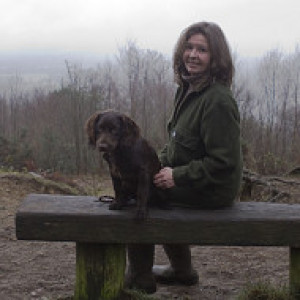Blackheath
Up early and onto Blackheath with the dogs this morning. I love walking there during the week when most of the population and their dogs desert the area for business. I've nothing against dogs, but keeping them under a bit of control makes it easier to see the wildlife.
On the Greensand of Surrey, Bronze aged farmers cleared the land for crops but, with only a fine layer of soil covering the sand to sustain the grasses their animals grazed, soon the Heather and Gorse took over.
The landscape remained a barren treeless environment for centuries until the Canadian troops took up residence on the common during World War Two, excluding the villagers and their livestock from their traditional grazing ground. It wasn't long before the Birch and Pine seeds started to develop and thick woodland appeared. It has been estimated that over 40% of the valuable Lowland Heath was lost in this area alone. Over entire of the county 87% of it's Heathland has vanished since the 15th century.
Blackheath is now ably managed. Large areas are being recovered as timber is felled, replanting is banned and endless volunteer hours are spent removing self sown seedlings. Some of the trees, like this Scots Pine, are left for the shelter and protection of their own specific environment. A large chunk of the common has been designated a Site of Specific Scientific Interest (SSSI) to protect butterflies, beetles, ground nesting birds, snakes and some lizards.
It's a place to visit if you're in the area.

Comments
Sign in or get an account to comment.


